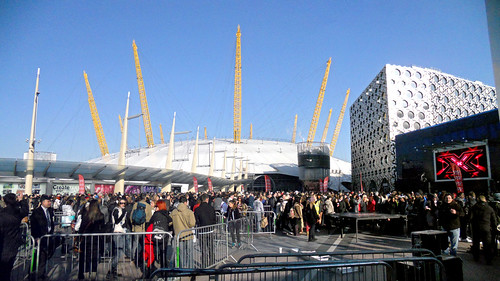FOOTBALL IS MORE ADDICTION THAN ATTRACTION
Qatar 2022: Fifa partner Sony call on governing body to investigate World Cup corruption claims
Q: Sony is demanding that Fifa “appropriately investigate” the corruption claims that have been flying about lately. What authority has Sony got?
A: The authority that comes when you pump $305 million per year into football, that’s about £182 million, enough to buy a pretty decent Premier League club, every year. So Fifa will take notice of this.
Q: I guess Fifa depends on corporations like Sony for sponsorship money then, eh?
A: And how. Coca-Cola and adidas have pumped money into Fifa for years. And more recently credit card giant Visa and Emirates, the Dubai-based airline, and Hyundai, the car manufacturer have joined them. They each sponsor Fifa. Collectively, they contribute probably close to £1 billion per year. The World Cup alone is expected to fetch Fifa $730 million, or about £445 million, in sponsorships. So Fifa will not want to get on their wrong side.
Q: But the sponsors have made noises before, haven’t they?
A: Yes. In 2011 when Fifa was in the middle of another corruption scandal, Visa said: “The current situation is clearly not good for the game and we ask that Fifa take all necessary steps to resolve the concerns that have been raised.” Coca-Cola, the single biggest sponsor, released a statement: “We have every expectation that Fifa will resolve this situation in an expedient and thorough manner.” That was three years ago, remember. So they must be thinking Fifa have not just failed to resolve the matter, but have become involved into an arguably more serious episode — this one, as we know concerning the awarding of the 2022 World Cup to Qatar. There could come a point at which the likes of adidas and Hyundai ask themselves: “Are we doing the image of the company any good by associating ourselves with a sport that is tainted?”
Q: I suppose so, but, so far, only Sony has spoken up and the electronics giant hasn’t threatened to pull its money, has it?
A: No. That’s because Sony, Coca-Cola and the others are confident football is so incredibly popular that, by the time the World Cup is over, everyone will be feeling so jubilant that they’ll have forgotten about how dirty Fifa is.
Q: Are they right?
A: I suspect they are: Fifa has a habit of riding out these scandals and stay in tact. The reason is simple: fans don’t much care.
Q: You’re kidding, right? Fans surely care that the game they love is riddled with corruption, bribery, matchfixing, bungs and all sorts of other skulduggery.
A: Well, they know association football is endemically bent. But I’m not sure they care that much. I mean, once the big games start on Thursday, this crisis will vanish and all the fans will care about is the tournament. Tom Peck, of the Independent, wrote a biting story the other day, in which he suggested: “When the whistle finally blows in Arena Corinthians in Sao Paulo on Thursday night, a football-addicted planet will get its first sweet quadrennial pull on the World Cup crack pipe and all will be right again.” And I think he’s right. I’m not sure his conclusion is accurate: “It is this addiction that hides from the football fan the extraordinary truth.” Fans know the truth; they just don’t care that much.
Q: That’s a bit of a compliment with a criticism inside it, isn’t it?
A: Let’s put it this way: fans are clued-up, they know about the politics of the sport; but they also realize that, in practical terms, there isn’t much they can do about it.
Q: But, as we both know, there is.
A: I see what you’re getting at. Imagine if football fans decided to boycott, say, Budweiser beer, McDonalds, or Johnson & Johnson products. They’re all sponsors and stand to benefit from football’s greatest tournament. They could force change in the way in which the global game is run. Sony is probably aware of the potential impact of negative publicity and that’s why it’s put out this statement. Remember: some sponsors are quick to sever links with athletes who are convicted of doping offences: they think their brand will suffer by association. Others just ride out the storm, assuming sports fans are just not motivated enough to put their convictions into action. Are they really going to stop buying adidas gear or scissor their Visa cards?
Q: I’m asking the questions … are they?
A: No. I’m afraid I agree with Peck: football is more of an addiction than an attraction. I hate to say it, but I think this scandal will have been forgotten by the time the whistle blows to end England’s first game. All the same you have to wonder if anyone benefits from all this. I bet Nike, Pepsi, Toshiba, Burger King and the other rivals of Fifa’s main sponsors are having a quiet laugh. Nike, in particular, has opted to capitalize on the World Cup and other Fifa tournaments with ambush marketing and sponsoring national teams, like Brazil’s. But, as Nike has no direct link to Fifa, it won’t incur collateral damage. The others’ reputations are vulnerable.




